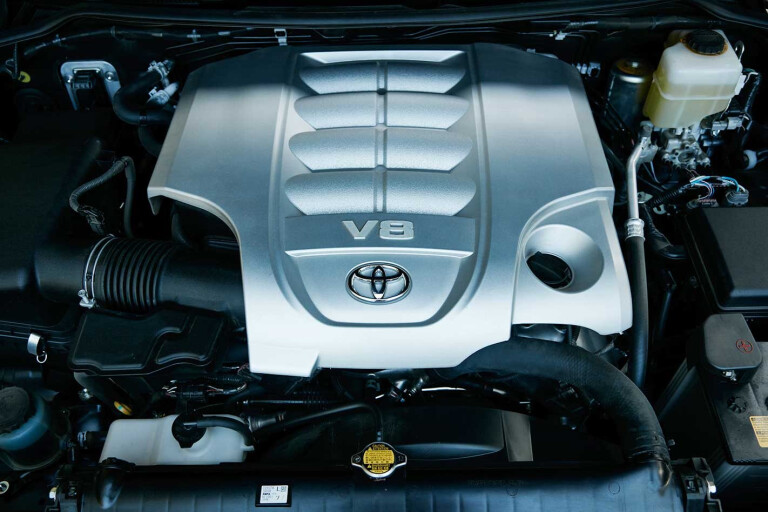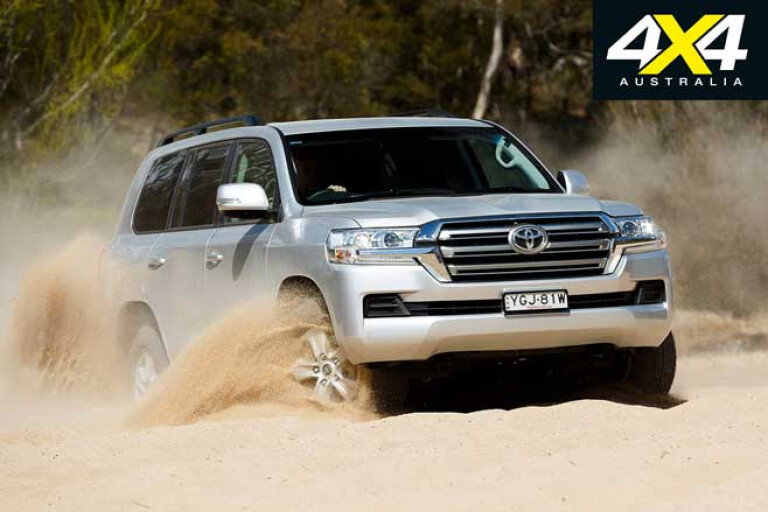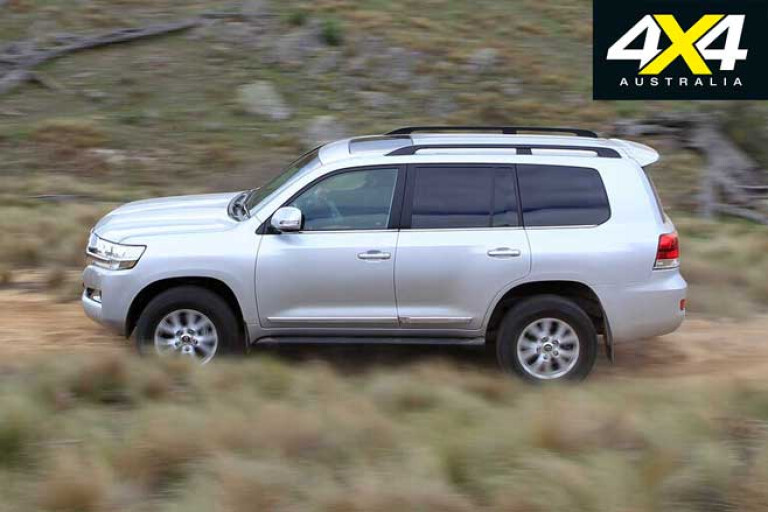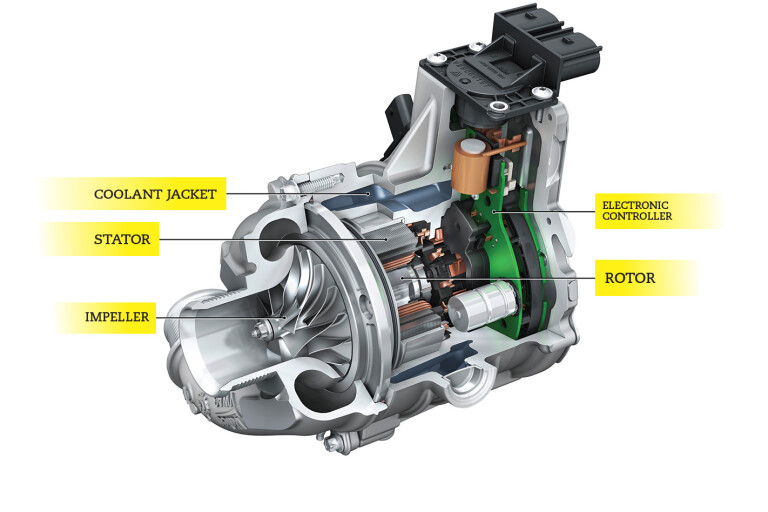
Toyota has dropped its 4.6-litre quad-cam petrol V8 from its LC200 range. It’s a surprise Toyota didn’t drop the petrol V8 earlier, given only two per cent or less of 200 buyers have opted for petrol over diesel for several years.
This mirrors the 4.0-litre petrol V6 being recently cut from the 150 Series (Prado) and the in-part related Hilux. As with the LC200, the problem for the petrol engine in the Prado and Hilux was lack of buyer interest.

In many ways these petrol engines have been unfairly treated in public perception compared to their diesel counterparts. They are, after all, far simpler, offer more performance pedal-to-the-metal, are quieter and more refined, will be cheaper to service in the long run, and don’t give away much in fuel economy.
Regardless, we have seen the last petrol engine disappear from any Australian-delivered Land Cruiser 200 or 150, at least until the current models of the same are replaced. And it’s probably the last we’ll see of any naturally aspirated petrol engine, even in the upcoming models that replace those currently on sale.
An all-new Hilux is probably a fair way off, but not so a replacement for the 200 and the 150 where new-generation forced-aspiration petrol engines will appear in what will be a watershed design change.

These new petrol engines may not initially appear in Australia when the 200 and 150 replacements are rolled out but will headline the new models in the petrol-loving North American and Middle East markets.
Australian buyers will most likely initially get revamped versions of the current 2.8-litre four-cylinder and 4.5-litre V8 turbo-diesel engines, but there’s also an inevitability that new forced-aspiration petrol engines will make their way into Australian models.
These new-gen petrol engines will feature a raft of technologies such as direct injection, variable intake-valve lift, variable valve-timing on both inlet and exhaust, and some sort of forced aspiration. The latter will primarily come in the form of turbochargers, perhaps aided by superchargers, which would be more than likely electrically driven.

These new engines may even employ a combination of supercharger and turbocharger. But these turbochargers or superchargers won’t be there to add lots of top-end power, but to add lots of torque from off-idle engine speeds.
Adding torque, and therefore superior power at low engines speeds, helps driveability and efficiency. More torque also means smaller, lighter engines can do the same job of bigger engines, so the V8 (and definitely the bigger V8s) will disappear; remembering, of course, that the LC200 as sold currently in the US has the 5.7-litre V8 as per the Australian-delivered Lexus LX570.
Expect the new petrol engines to be smaller; probably no bigger than 3.0-litre in a six-cylinder and, if there’s a V8, it will be a small V8 of around 4.0 litres capacity. What’s more, these new petrol engines will be married up with secondary electric powertrains, either in the form of a conventional hybrid or perhaps a plug-in hybrid (PHEV), which is perhaps the more likely. I can’t wait.

COMMENTS